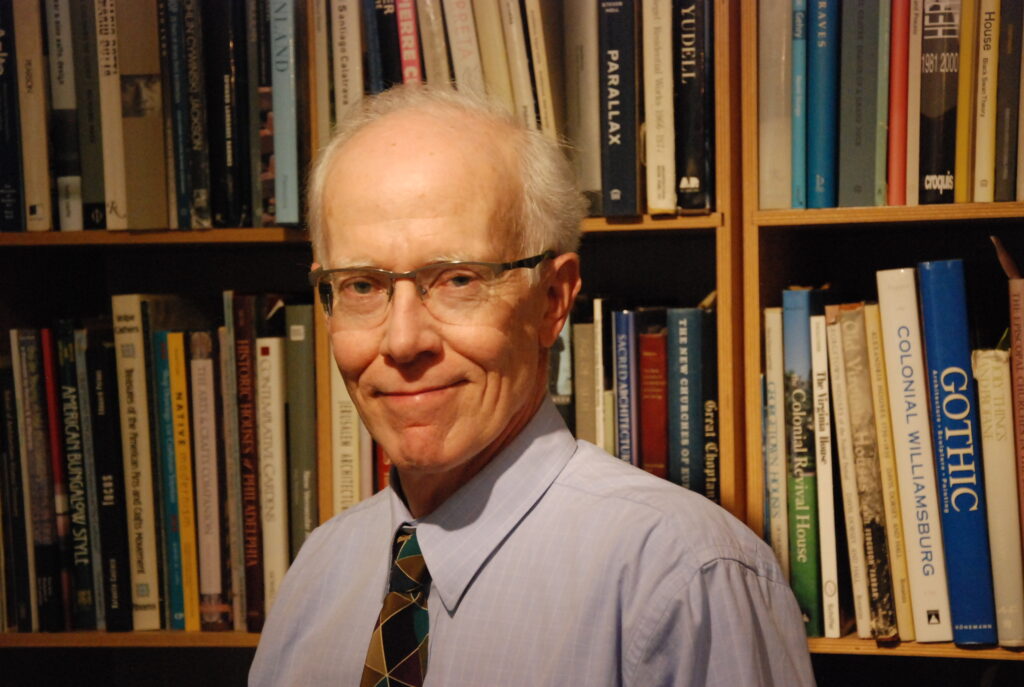Growing up in Jamaica, Joan Hunt experienced a scarcity of resources: regular power outages, frequent water shortages, showering from a bucket. She became sensitive to waste. Joan grew up in a conservative society where girls were encouraged to play with dolls and her boy cousins were given chemistry sets. Joan wanted the chemistry set. When Joan immigrated to the United States at an early age, she decided to become an architect.
Joan’s life experiences shaped her values and priorities as an architect. Her Oakland California firm Blinklab specializes in high-performance buildings and community design.
One of only 500, or so living African American women architects in the United States, Joan characterizes her demographic as the “minority of minorities”. She advocates to increase the numbers and believes it has to start very young. Parents and young girls need to be exposed to architects and see them in action, to develop a strong inner sense that leads them to say with confidence: “I can be an architect too”. Joan Hunt is an architect-advocate and former President of the NOMA-Oakland Chapter.
Unfortunately, it’s not just African American women licensed architects whose numbers are significantly too low. African American women and men licensed architects together comprise only about 2% of all licensed U.S. architects, even though African Americans comprise about 13% of the United States population. In 2017, the AIA Large Firm Roundtable established a goal to double that percentage to 4% by 2030. Four years into it, we’re still stuck at 2%. We have nine years left.
How can we double the number of licensed African American Architects in less than a decade when it has taken over 150 years to reach 2%? Does AIA Virginia have a role to play? The consensus of the AIA Virginia Board is: Absolutely! AIA Virginia is taking a holistic approach to diversifying our profession in Virginia, which is a critical piece of AIA Virginia’s Strategic Plan. We resonate with Joan’s instincts: parents and young African Americans need to be exposed to architects at an early age for some of them to make the connection and form an inner belief that says: “I want to be an architect”. The key is to create excitement and interest in pursuing architecture at an early age through outreach.
AIA Virginia will be undertaking the Alternative Pathways to the Profession Inclusivity Study, to focus on this issue and make recommendations for increasing the number of licensed minority architects, including African American architects in particular. Recently, the Board reached a consensus on the primary charges for the study. The Board will establish a stakeholder group this fall and commence this important work in January 2022.
The National Organization of Minority Architects (NOMA), celebrates the 50th anniversary of its founding next month. NOMA builds community and provides space to shine the light on the voices of its members. Our profession needs NOMA and its members now more than ever. In 2020 AIA Virginia supported NOMA in its founding of the Virginia Chapter. One of NOMA’s incredibly valuable activities is elevating the voices of its members. Storytelling is a powerful medium. It is not possible to over-tell the stories of our minority architects to the world. Their stories need to be told in non-accredited architectural design programs, community colleges, and K-12 schools to show parents and their children that there is a way, a path to becoming an architect. Hopefully inspire some to believe: “I want to be an architect.”
History says, Don’t hope
On this side of the grave…
But then, once in a lifetime
The longed-for tidal wave
Of justice can rise up,
And hope and history rhyme.
from The Cure at Troy
Seamus Heaney
Diversifying our profession to reflect society is a big, complicated issue that is incredibly daunting. AIA Virginia is dedicated to doing our part and the Inclusivity Study is a vital piece of our overall strategy. Collaborating, planning, and implementing the Inclusivity Study’s eventual recommendations will be hard, but then anything of lasting value usually is. It will require resilience and perseverance from all who take part. We need to do this and be successful if our profession is to remain relevant and of value to the society we serve. We move forward together with hope, courage, and commitment to create a more diverse, just, and equitable profession for all.
Sean E. Reilly, AIA
AIA Virginia 2021 President

